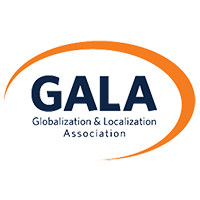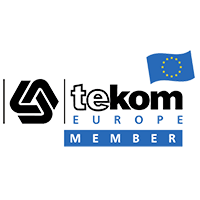Communicating Across Cultures: Translating Marketing Content in Chinese
Badly translated marketing content leads to a bad reputation for your products and services. What’s the best way to artfully communicate your brand’s values in one of the world’s most important consumer markets?
There’s no way around it – if you want to sell in China, you’ll need to translate your content into Chinese. That’s where the potential problems begin to accrue, as there are multiple factors that make China a particularly difficult market when it comes to translation and localization:
- There are different forms of the Chinese language. Translators need to know the difference between Mandarin, Cantonese, and Simplified/Traditional Chinese. (In a nutshell, Simplified/Traditional Chinese is used for writing, while Mandarin and Cantonese are different forms of spoken Chinese.)
- Chinese symbols often indicate thoughts, meaning they can be written multiple ways – translators may be presented with characters that read right to left, left to right, or up and down.
- Chinese grammar is notoriously complicated. There is no singular or plural form, and no verb conjugation to indicate tenses, which means that statements can be understood only in context.
- Two types of sentences exist in Chinese – simple and complex. Simple sentences are made up of subjects, predicates, and objects. Complex sentences are composed of combinations of simple ones. A good Chinese translator needs to have a solid command of sentence patterns if they’re going to produce translations that make any sense.
Overcoming challenges
Relying solely on machine translation (MT) may be fine for some types of content, but when it comes to customer-facing materials it’s always best to get human translators involved. It’s also vital to use translators whose native language is your target language – translators who are native speakers of Chinese and are also up to date with what’s happening in China will be invaluable when it comes to helping you reach a desirable demographic.
Quality control, in the form of meticulous proofreading and review, is the real key to effectively translating and localizing marketing content. It’s next to impossible for non-Chinese speakers to control the translation quality of Chinese content, so you should always make sure your language services provider (LSP) has a rigorous quality control procedure in place that involves independent review by native speakers who are also subject matter experts when it comes to your industry.
The Argos approach
The perils of letting your professional marketing materials be translated into Chinese by the wrong LSP should be all too obvious – at best, you’ll get content that comes across as unnatural and obviously not written by someone with a grasp of Chinese. At worst, you’ll provide fodder for one of the “hilarious translation fails” compilations that we’ve all chuckled at from time to time.
At Argos Multilingual, our translation and localization professionals are all chosen based on their degrees, qualifications, experience, and knowledge of the terminology related to a given project. When you work with us, you can rest assured that all the elements that make up your content will be tailored to your target markets, meeting regional and global expectations equally well. To find out more, get in touch with us.




